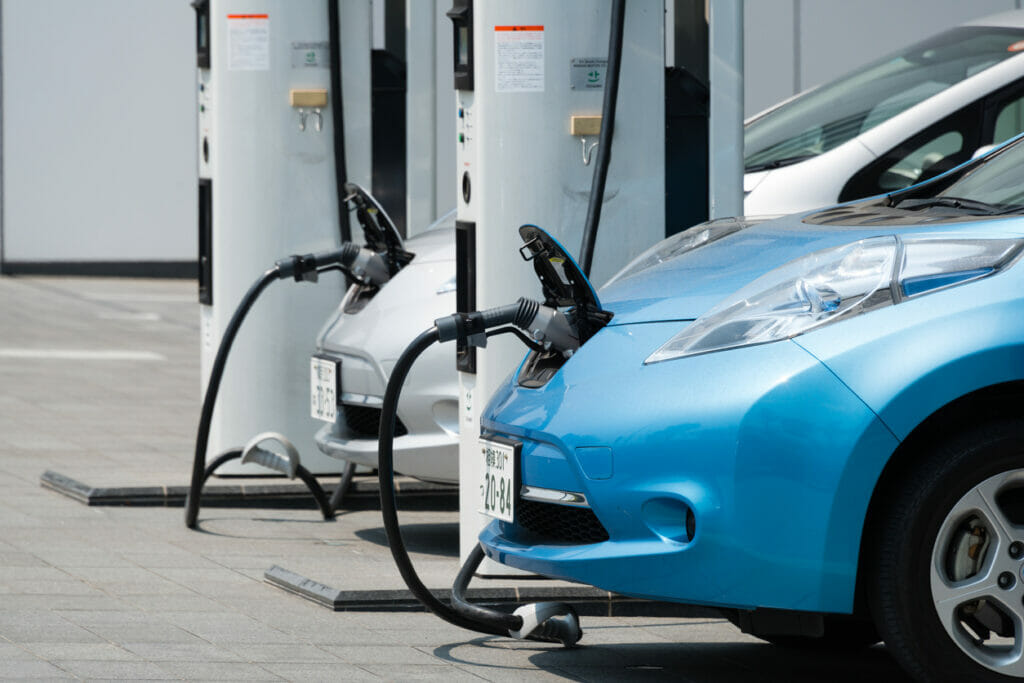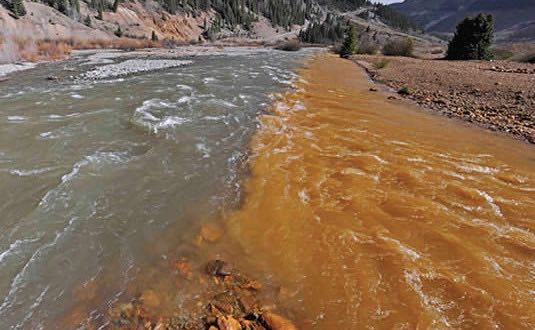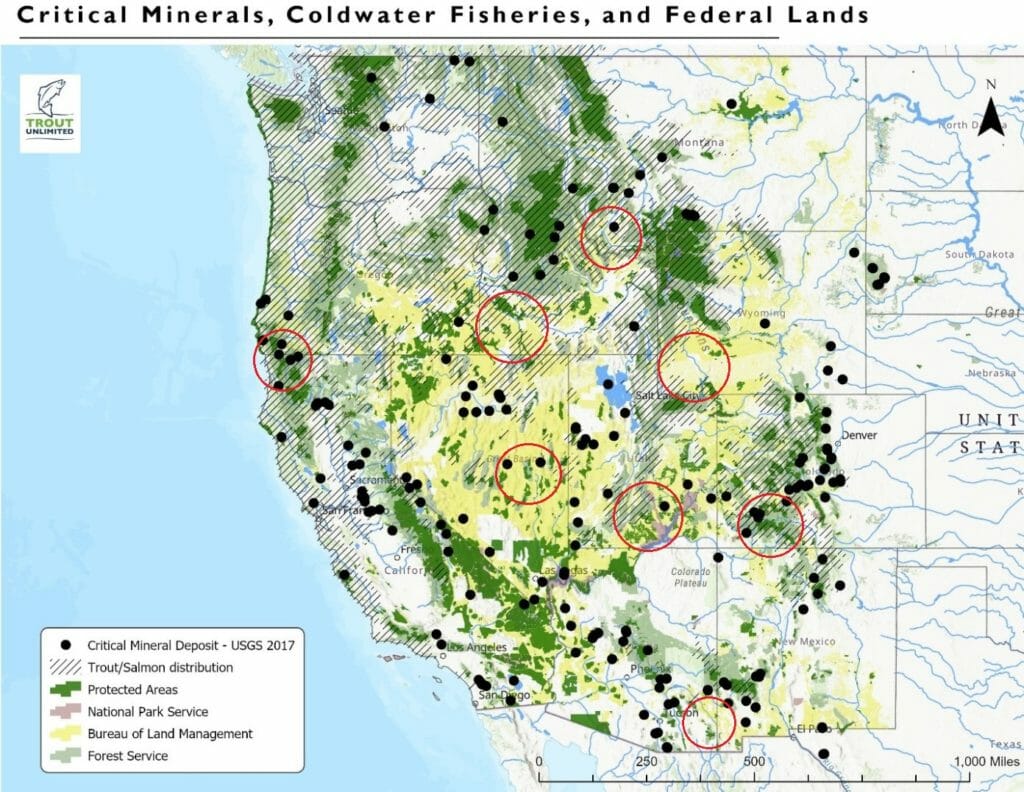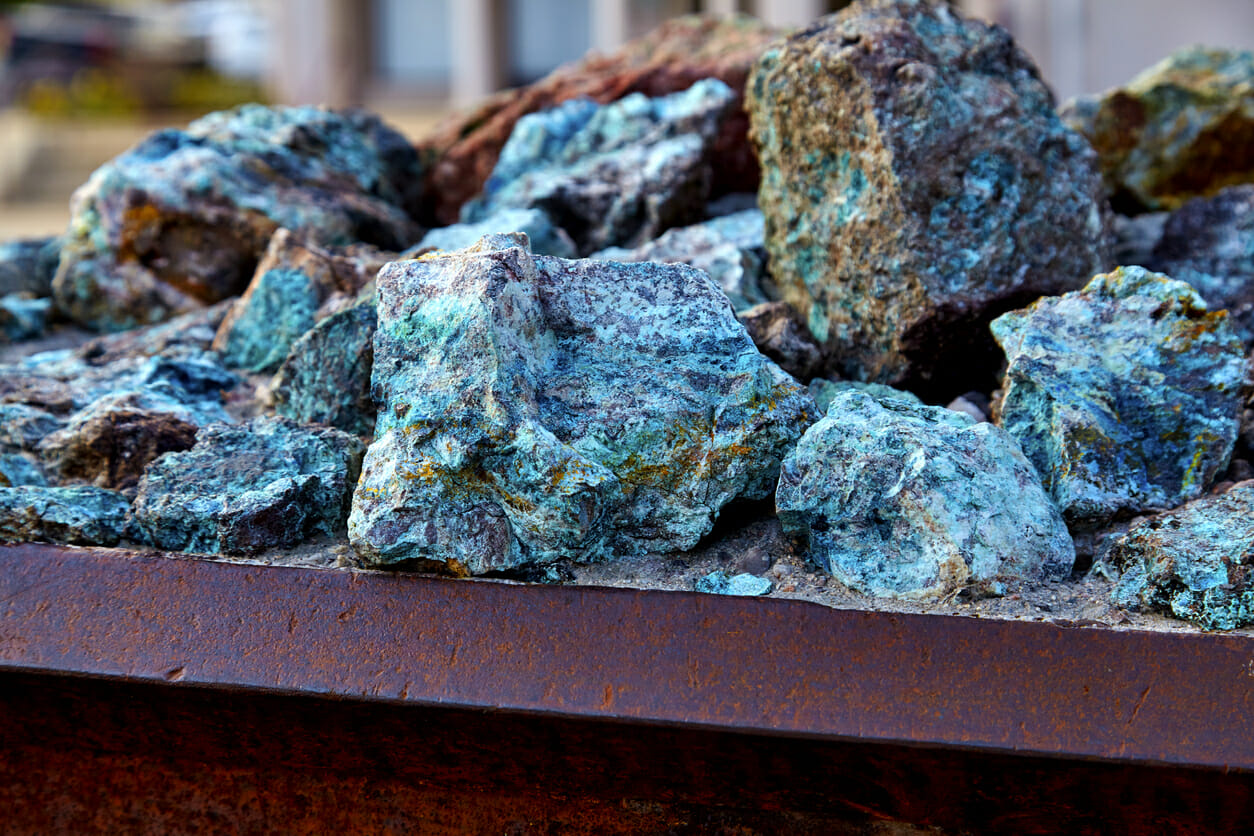As originally appeared in the Native American Fish & Wildlife Society newsletter
by Ty Churchwell, TU’s Angler Conservation Program’s mining coordinato
There’s an old saying, “If it’s not grown, it’s mined.”
What a profound thing to think about, and it’s true. Whether it’s the food you eat, the cotton in your trousers or the 2x4s in the walls of your home, agriculture is a foundational element of daily life. So too are the minerals and metals mined from the Earth. In fact, some minerals are mined as fertilizer to increase yields for agricultural practices, giving them a two-pronged value.
The raw materials necessary for today’s way of life must come from somewhere. Mining provides the building blocks for everything else that’s not grown. Everything else – that’s a lot. Some mined materials provide energy production, including coal for power plants, uranium for nuclear electricity production and drilled products such as oil and natural gas. Still other mined materials – metals in particular – pretty much account for everything else we use in our day-to-day lives. These include aluminum for your soda can and car components, iron for the skeleton of your office building, copper for the wiring in your house, tin for a soup can, molybdenum for your bicycle and gold for your wedding ring. The list goes on and on, of course.
I’m just going to go out on a limb here and guess the phrase “critical minerals” doesn’t mean much to you. It’s OK, the term is relatively new.
But what if I told you that critical minerals helped you check the weather forecast for the day, provided the email you received from your sister, powered the satellite giving you driving directions, stored the power for your cell phone and assisted in the MRI you just received for the bad hip that will likely require another critical mineral, titanium, to rebuild it? Going further, critical minerals are key components of renewable energy production and energy storage. Therefore, they are ‘critical’ to climate change mitigation. As examples, lithium and cobalt are used in renewable energy battery storage, rare Earth elements are used in solar panels and wind turbines, and aluminum is the lightweight metal used in EV cars to offset the weight of the heavy battery.

By definition, ‘critical minerals’ are a non-fuel mineral or mineral material essential to the economic and national security of the United States, the supply chain of which is vulnerable to disruption, and that serves an essential function in the manufacturing of a product, the absence of which would have significant consequences for our economy or our national security. Of the 35 elements on the official federal government list of critical minerals, the U.S. is import-reliant for 31, and lacks any domestic production of 14. This places the U.S. in a strategic disadvantage, both for manufacturing and for national security. What happens if supply chains run dry? What will we do if hostile governments hoard supplies? How can we call our nation eco-friendly, if the raw materials we use are sourced from countries with few, if any, environmental laws?
So, then, we all must recognize that mining for these important materials on U.S. soil comes with a price, an impact, and with a responsibility to current and future generations.
Indigenous communities have historically been unfairly and disproportionally impacted by irresponsible mining policies. Since the passage of the General Mining Act of 1872, Native American tribes have endured degraded land and water quality, loss of cultural resources, loss of wildlife and fishery habitat and loss of economic opportunity, all without a voice in the decision-making process.

Case in point – and on a very personal level – I live in the Animas River watershed in Durango, CO. I know first-hand the impacts of irresponsible mining practices and lack of sufficient mitigation of past mining mistakes. The Animas River was the site of the 2015 Gold King mine spill that sent 3 million gallons of toxic, heavy metal-laden orange mine water down from the San Juan mountains, through Durango and then downstream through the Southern Ute, Ute Mountain Ute and Navajo reservations. The impact of the spill is still being felt today by these tribes. As a trout angler, I value greatly the public fishing resource made available to non-tribal members on the Southern Ute Indian reservation. Locally, we are grateful to the Southern Ute Tribe for public access to this amazing trout fishery. As such, I feel an obligation to be a good steward of this resource in thanks to my Native American neighbors. This Animas River is, of course, just one example of a shared natural resource impacted by mining.
Now then, back to critical minerals.
The Trump administration prioritized the development and active mining of critical minerals as a first course of action to mitigate vulnerable supply chains. In June of 2019, in response to Executive Order 13817, the Secretary of Commerce issued a report titled A Federal Strategy to Ensure Secure and Reliable Supplies of Critical Minerals.
The report identified numerous actions to increase supplies of critical minerals to reduce reliance on foreign sources while mitigating vulnerable supply chains. Some of these actions, however, undermine bedrock environmental laws and put at risk important fish and wildlife habitat, cultural resources and protected public lands. Trout Unlimited (TU) and our sporting partners took note of the federal strategy and produced a report, ‘Critical Minerals – A Conservation Perspective’, as an early response to the concerning proposed actions, recommending a more-holistic, responsible approach to the issue.

In preparation of our report, TU’s GIS mapping specialists analyzed the most current USGS layers to assess the possible impacts of critical mineral development on the places where Americans hunt and fish. Of the known critical mineral deposits in the western states (excluding AK), roughly 50% exist in trout and salmon watersheds, and 1 in 10 are within currently protected public lands. Additional analysis shows there are 13 known deposits of critical minerals on tribal reservations, and six of those are within trout and salmon watersheds. Aside from the mineral deposits within tribal boundaries, many of the others are near reservations, are on ceded public lands with important cultural resources, or are up-river from tribal interests. Additionally, the mapping team evaluated other factors, such as big game migration corridors, sage grouse habitat and mining-impaired streams.
The takeaway? Irresponsible critical mineral development puts at risk the places and resources important to hunters, anglers and Native Americans. Wisely, our elected officials in D.C. have taken notice and are currently developing policies.
To avoid further land and water degradation from the previous administration’s short-sided actions, the Biden administration has an opportunity to correct-course and ensure that critical minerals are sourced responsibly. On February 24, 2021, the Biden administration issued Executive Order 14017 directing federal agencies to perform a 100-day review of critical minerals supply chain vulnerabilities and to produce a report that includes policy recommendations to address these risks
In response to this executive order, TU proposes to invite partners from the conservation community, tribes and Native American fish and wildlife management professionals to create a policy sign-on letter to the Biden administration. The letter will address ways to responsibly manage supply chain vulnerability while recommending policies and tactics for critical mineral exploration, if and where new mining is necessary.
America must have a comprehensive strategy to secure the raw materials for a clean energy future, for a strong economy and for national security – and it must include all Americans, including the previously ignored voices of Native Americans. Following the 100-day review, the Biden administration will be positioned to enact new policies and undo the previous administration’s failings. Trout Unlimited and its partners recognize this as a momentous opportunity to help steer responsible critical mineral policy, including strategies to prevent and minimize mining impacts. Additionally, with Laguna Pueblo member Deb Haaland as the Secretary of the Interior, indigenous tribes have an opportunity for their voices to be heard in a way that has eluded Native Americans for centuries.
While the recent Biden administration executive order doesn’t set policy per se, it directs federal agencies to seek input from all stakeholders, including non-governmental organizations like Trout Unlimited. Since we’ve been watching this issue for a while and actively participating in conversations with our elected officials, we are in a unique position to reach out a hand beyond our core constituency of hunters and anglers to include others, most notably, our Native American colleagues and fellow citizens.
In the 19th and 20th centuries, the primary metals of mining focus were common names such as gold, silver, copper, iron and tin. In today’s 21st century, a whole new suite of mined mineral products is poised to create the next big push to develop new mines and potentially impact important natural and cultural resources.
21st century mining requires 21st century mining policy. Join us in shaping policy that is protective of trout, salmon, wildlife and tribal resources. We can and must do better.
Read TU’s report on Critical Minerals here.



